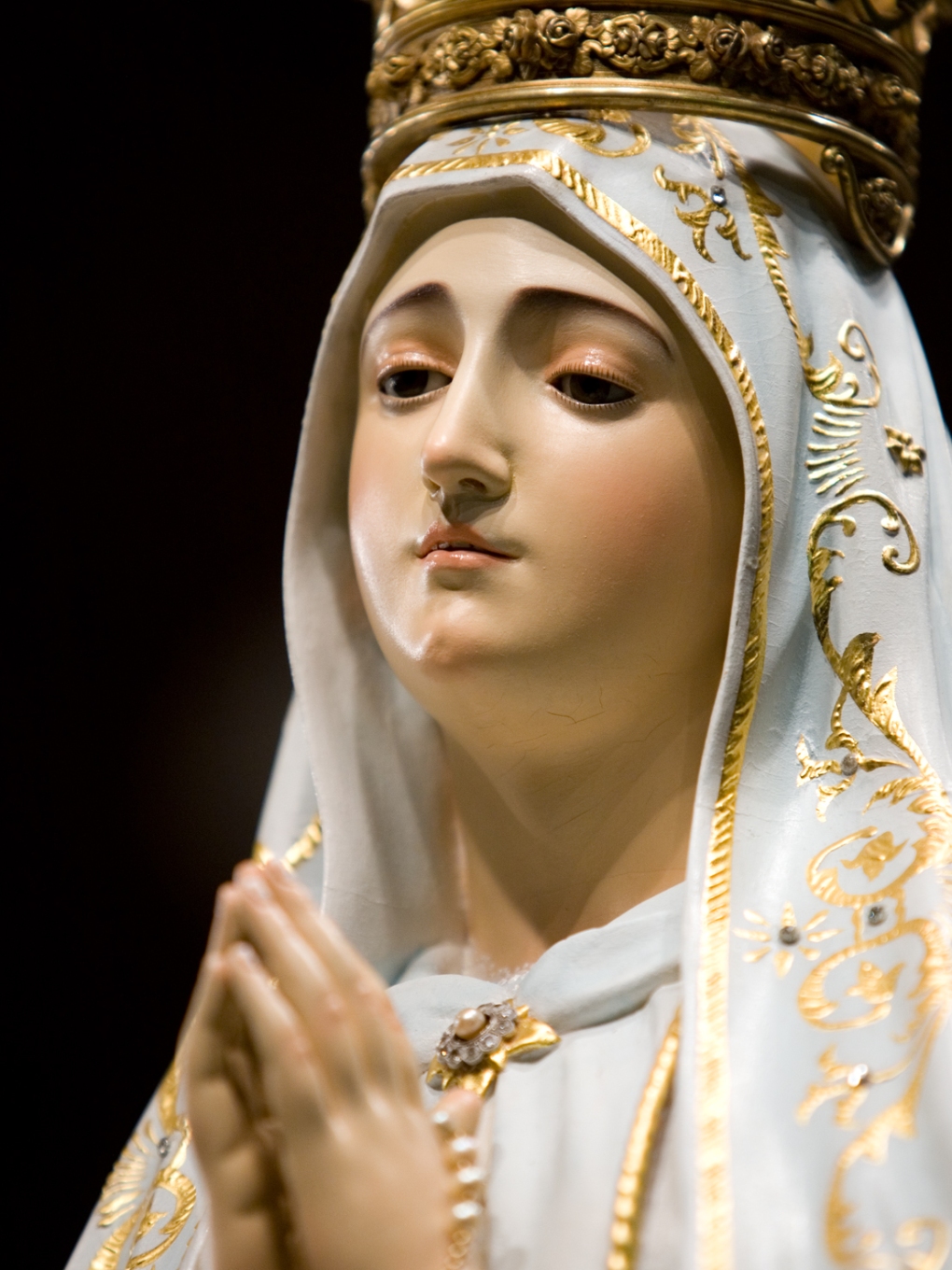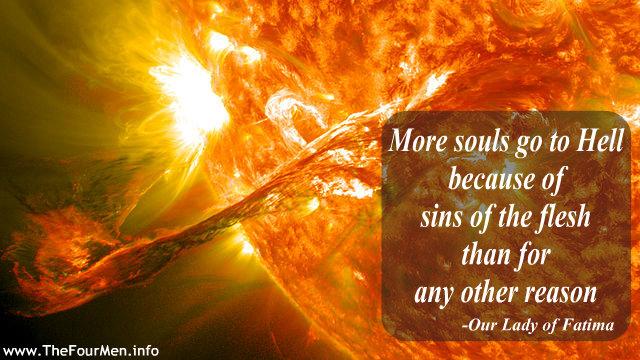May 15, 2016 04:19 EST
On this last May 13th, Catholics all over Portugal celebrated the 99th anniversary of the apparitions of Our Lady of Fatima while others celebrated the approval of medically assisted procreation for lesbian couples and their surrogates.
For those unaware of these apparitions, here is a little summary: from May 1917 until October of the same year, Our Lady appeared to three little shepherds, Lúcia (10), Francisco (9) and Jacinta (7), while they were on the hills with their flock. She asked them to pray the rosary every day, for peace on earth and the end of the war. The first World War was at its height. The lady “brighter than the sun,… all dressed in light” also asked them to go to that same place every month and promised that, on Her last apparition, she would perform a miracle for everyone to believe.
Besides that, She revealed that, unless Russia would consecrate to Her Immaculate Heart, a second and even worse war would begin during the pontificate of Pope Pius XI. Indeed, the second World War started in the same year as that pope’s death and the election of Pius XII.
Why this introduction?
Maybe one of the most interesting facts about the apparitions is the guarantee that Our Lady gave to the shepherds that the dogma of the Faith would always be preserved in Portugal. Later on, from the cloister, Lúcia added that it would be like this as long as the country would not approve what she called “iniquitous laws.” She even mentioned abortion as an example of one. And also, “for the sin of the nation, the whole people shall pay. For the politicians who approve iniquitous laws, do it in the name of the people who elected them.”
Back to the beginning: On the same day the Church celebrated the 99th anniversary of the apparitions in Fatima, the Assembly of the Republic approved a law promoted by the extreme-left party BE (Left Block). Only the minority of the right-wing party CDS (Social Democratic Center), most of the center-wing PSD (Social Democratic Party) and (curiously) the communist party PCP (Portuguese Communist Party) voted against it.
Ever since the current socialist prime-minister seized power by way of a legal loophole, we Catholic Portuguese have been watching a rapid decline in moral values. In just a few months, the Assembly reversed the abortion law, approved gay marriage, and delivered a decisive blow to family values by advancing medically assisted procreation for lesbian couples and their surrogates.
It is interesting to notice how the defense of family values and the work of the devil humanly formalized in these “iniquitous laws” go hand in hand. Even the great advocate of the “domestic church,” Pope St. John Paul II, was attacked: the assassination attempt carried out by Ali Agca, happened exactly on May 13th 1981 and was foreseen by Lúcia in 1917. And yet bullets have been flying again these last few months, albeit different ammunition has been unloaded. Now, would-be assassins of the family unload their ideological gunfire, taking aim at the Portuguese Civil Code of Law and attempting to destroy the most basic cell of society.
Has Our Lady forgotten Her promise? Of course not. But we, the people of Portugal and the Christian West, have. And as foretold, for the sins of governors elected by a majority of faithless people, we shall all pay. Is the dogma of Faith fading? Maybe it is. In fact, what is currently happening in Portugal is nothing more than a glimpse of the entire European crisis. The light of faith (lumen fidei) seems to be fading everywhere. As the Patriarch of Lisbon stated, supporting and approving these kinds of ideologies is a “civilizational nonsense.”
But hope springs eternal. On May 13th the traditional procession with the image of Our Lady of Fatima was once again attended by hundreds of thousand of people not only in Portugal but all over the world. Many devoted Catholics remembered this day and joined candle-lit processions that followed Our Lady, thus quietly illuminating and growing the flame of faith.
Here in Rome, members of the Portuguese community joined one of the many processions. With about 150 people in attendance, torches on both sides of the processional pathway illuminated the way. One of the auxiliary bishops of Rome led the procession and people on each side, with their candles lighting the night, flanked the image of Our Lady of Fatima while praying the rosary. Although with a Roman accent, this day Our Lady spoke Portuguese.
If her words fall on ears not yet deaf to the degradation of society, keep in mind: “Pray the rosary every day.” For, the hand that diverted the bullet from the Pope of the Family’s heart in 1981 is the same hand that can divert today’s anti-moral gunshots. The rosary remains the most powerful weapon for Christians against the devil.
....


